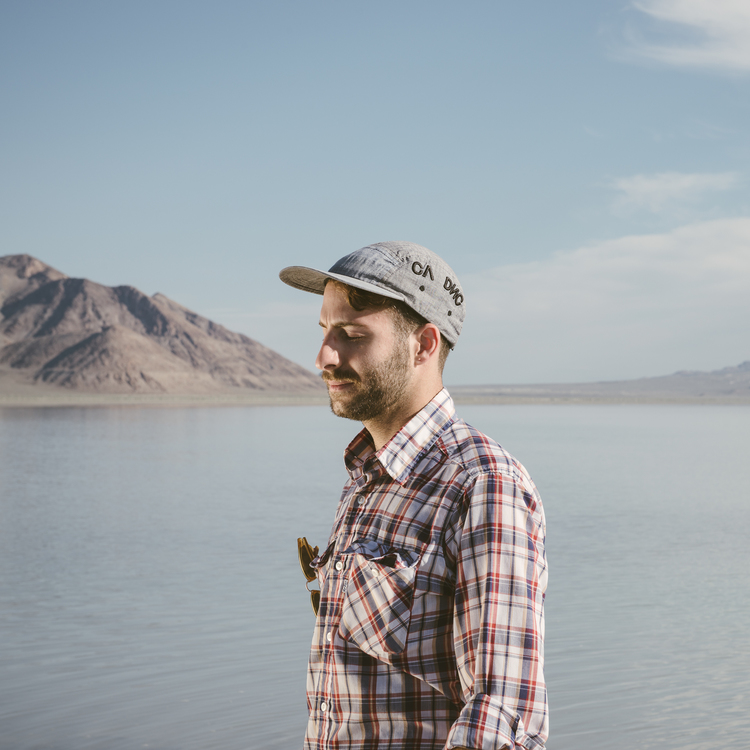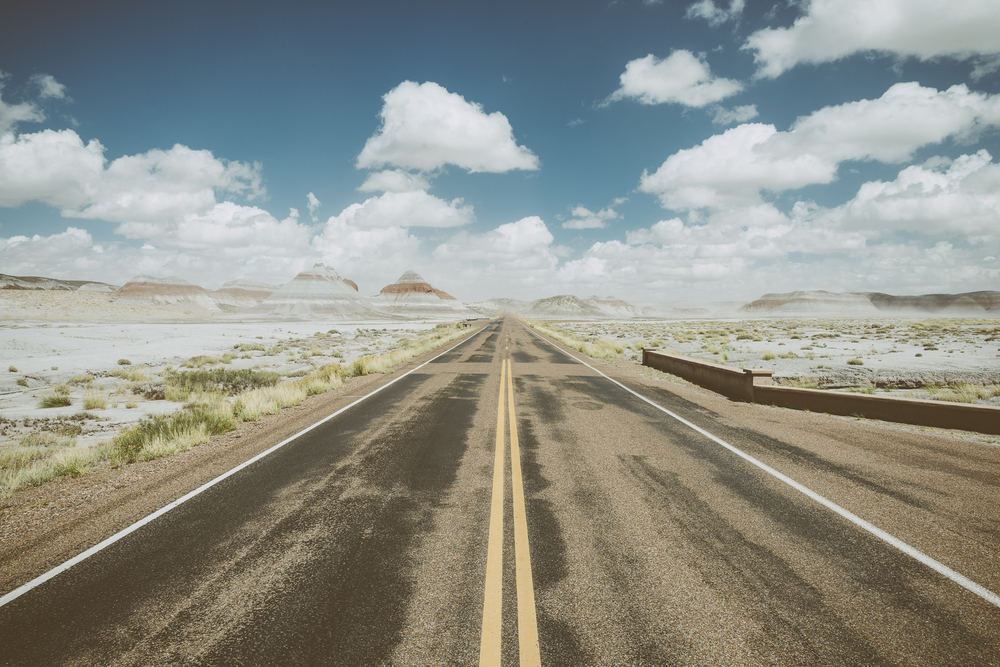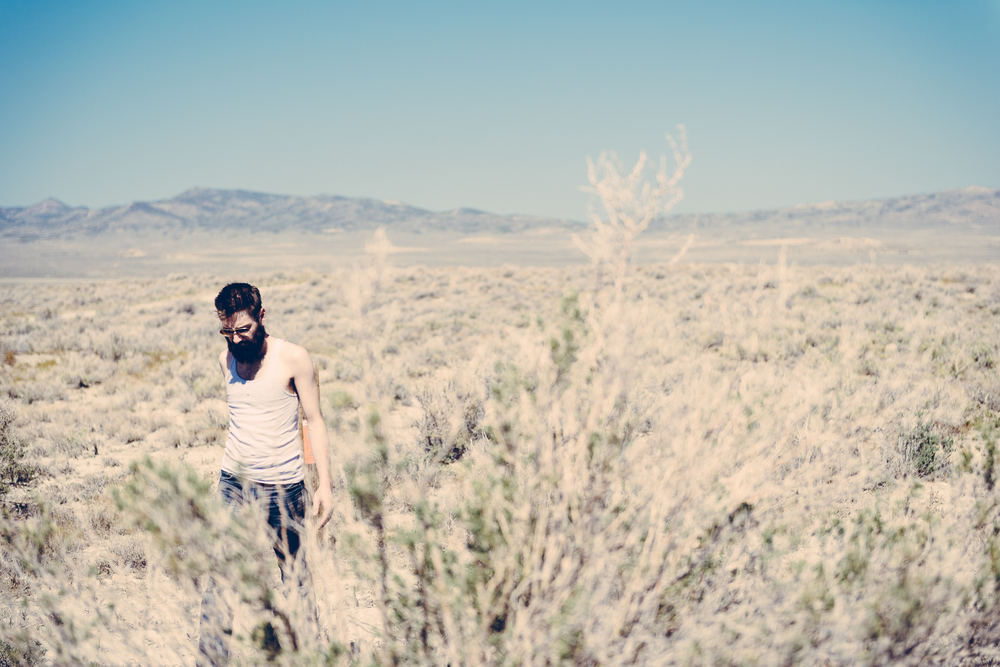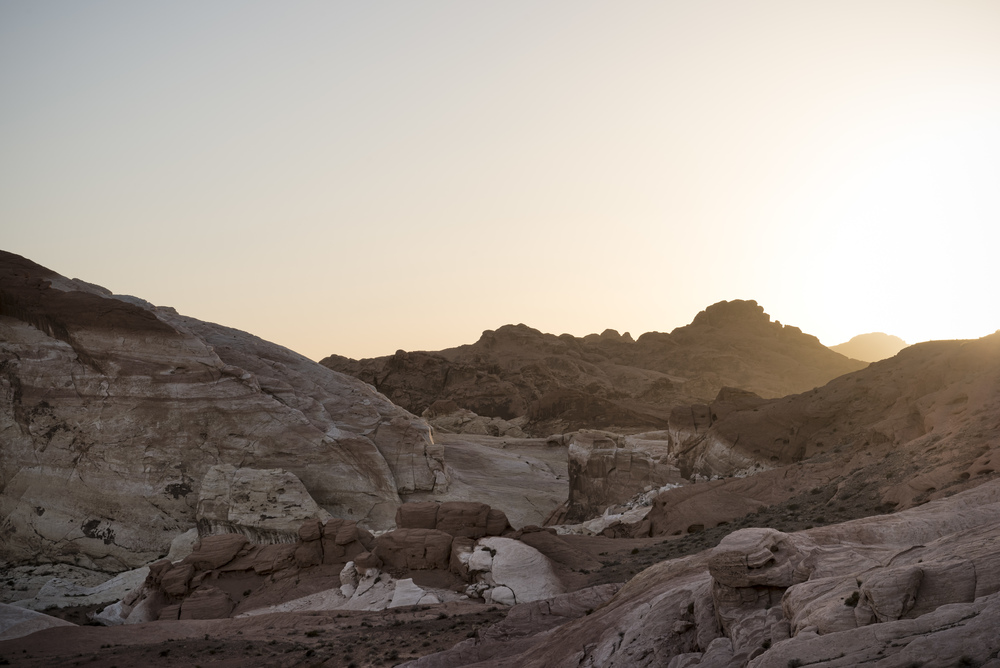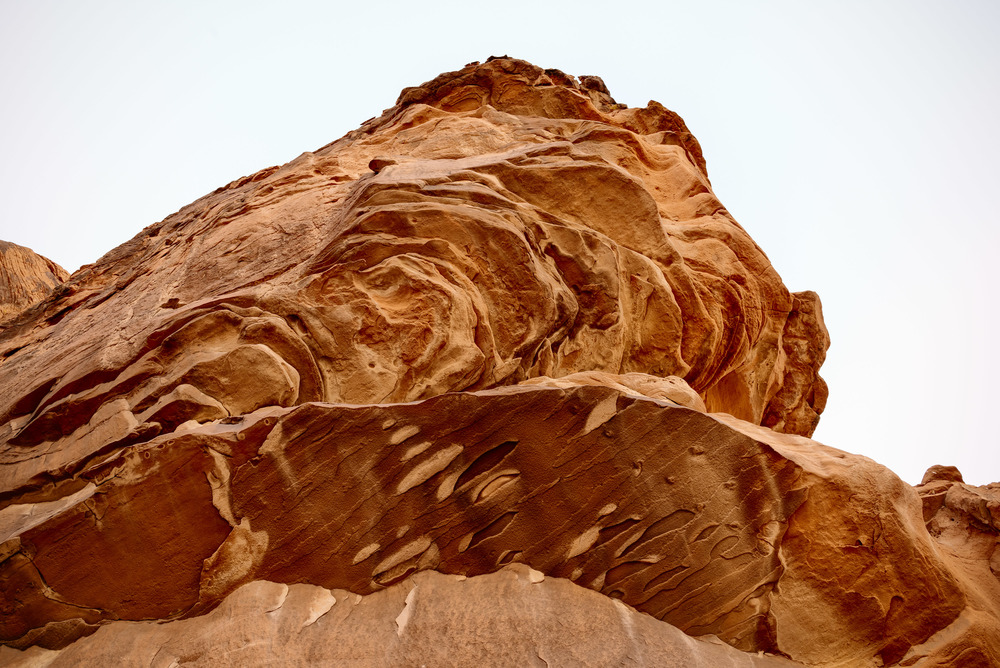“How can I celebrate him? I took it on myself to do everything that he should have done in this world, I tried to carry that a little bit myself. That’s when I took on his name as my middle name.”
— Geoffrey Owen Miller, Multidisciplinary Artist
Monday, September 30th, 2013
On the Road: Journal Entry No. 5
Santa Fe to White Sands, New Mexico
Although the majority of Land Art Road Trip participants started the journey together in Salt Lake City, there were a good number of artists who joined later on in the trip. I’m not sure exactly how that difference may have altered their experiences, but I did notice that forming the connections that majority of us had quickly established may have been a bit more difficult for those who came later. This is understandable considering most already felt a bond with someone after camping without any amenities in the middle of nowhere. That experience is very different from when you are just driving out from a lush airport to meet those who had participated in the aforementioned activity. Of course, the newer members eventually settled in to the Gerson Zevi family. If you could hang in a fly filled van for a while without complaining, you were golden. Yet some made more memorable entrances into the group then the others; one of those instances was the night that Geoffrey Owen Miller met the group.
Geoffrey joined us at the Apache National Forest in New Mexico, arriving late due to his full-time job out in New York City. Calm and collected, he initially made a quiet entry into the group until the day turned to dusk. For reasons unknown, Geoffrey made the bold decision to camp out on the roof of one of the two trailers. This might not seem odd knowing that some artists slept beside, inside, or on top of some of the Land Art works we had visited, but this was different. Despite warnings that he might “freeze his ass off,” Geoffrey stuck it out. Entranced by the stars and wooded surroundings he seemed to care less about the frigid temperatures. That was the interesting thing about Geoffrey; if something seemed to interest him, he dove right into it.
In a way that is unique to Geoffrey, his passion is apparent as soon as you first speak to him. He always seems to have an encyclopedia of information stored in the event that there is a perfect time to share it. That may come from being both an avid learner and also a professional teacher. His knowledge of art comes from a wealth experiences and a deep interest in educating himself in the field. The opportunity to explore the South West, an area he had already been a bit familiarized with both from growing up in New Mexico and reading on the artists’ work we were traveling too, meant the world to him. Despite his commitments in New York, he made the time to get out here and the group was incredibly happy that he did. With a smile always on his face, Geoffrey exudes a certain kind of positivity that makes you believe that everything is perfect and nothing can go wrong. Yet, after sitting down and speaking to him about his work and the experiences that have inspired it I learned that the person he presents to the world is so much braver than his seemingly confident exterior suggests.
- - - - - - - - - - - - - - - - - -
Q + A W/ GEOFFREY OWEN MILLER
MULTIDISCIPLINARY ARTIST - NEW YORK, NY
Sarah Mendelsohn: Well, I saw on your CV that you have been doing this for a really long time.
Geoffrey Miller: (laughs) I’m the oldest person in the group. Mentally, maybe not.
SM: You went to college for art, right?
GM: Basically, I had gone to college not knowing what I wanted to do and I ended up getting the chance to live in Spain. So, I went there, made some friends and when I came back I changed my major to Spanish so I could go back on purpose. I studied Spanish, finished a Spanish degree and was going to graduate and it was right about then that I found out that my brother ran away from home and committed suicide. Then I basically just stayed in school so that I could do a second major. I did illustration, painting, graphic design- everything that had to do with visual communication. In my mind, if I was going to take this seriously I wanted to really explore the physical side of it as much as possible; the undergrad school I was in was excellent at this aspect. Then I could go to grad school and think about the history and the context. So that’s what I tried to do.
SM: So, after your brother passed away, is that what you did to express yourself, to deal with what happened?
GM: Yeah. I made a bunch of really terrible pieces of work that were sort of supposed to deal with that issue. It’s cathartic, it makes you feel better to have something that expresses that. I was tasked with designing his grave stone. That was one of the hardest things I’ve ever done. For a job you want to get right, that was just one of those jobs where you don’t want to think about how you didn’t do a good job.
“That was one of the hardest things I’ve ever done. For a job you want to get right, that was just one of those jobs where you don’t want to think about how you didn’t do a good job.”
SM: Is that something you decided you wanted to do or were you asked to do it?
GM: Since I was the creative one in the family, they asked me if I wanted to do it and I felt like it fell to me. That was my task. Being his brother, I was the closest one to him in the family. We ended up doing something that I thought was really brilliant in a way. We just took his name, we scanned it from one of his signatures and they lazer cut it into the stone. When you see the stone, you just see his signature and it has so much of his character. He was such a great kid, so smart and funny. That personality comes through.
SM: That’s very sweet that you did that for him. So you decided to make that your major in school after all of that happened?
GM: Yeah, I have wrestled with suicide myself and that’s why it was always surprising that he was the one that went through with it. We always thought that he was the one who had his shit together. I thought I could die for whatever reasons or I could do something meaningful with this time. Also, how can I celebrate him? I took it on myself to do everything that he should have done in this world, I tried to carry that a little bit myself. That’s when I took on his name as my middle name. When I was born, I had that name. I had two middle names because my parents liked those names and when he was born he took that name. So, I took that name back on, thinking of him being a part of me now.
SM: So after you received your art degree and left college, what did you do?
GM: When I finished undergrad in California, I knew that I wanted to live on the East coast. Having lived in Spain, I understood that you receive so much education just from being somewhere else. The little things that other people do, the decisions they make and the way they see the world is so informative; I knew that I needed to live on the opposite side of the country to see how people thought about things there. I ended up in upstate New York because of a girlfriend at the time, living in a small town north of the city and just working odd jobs. I installed drywall one day, transported materials the next day, whatever I happened to get. They always talk about freelance as being this happy go lucky job, but it’s just stressful and you never know when you’re going to get paid.
“Having lived in Spain, I understood that you receive so much education just from being somewhere else. The little things that other people do, the decisions they make and the way they see the world is so informative; I knew that I needed to live on the opposite side of the country to see how people thought about things there.”
Around that time, I started substitute teaching at the elementary, middle school and high school over there. One day it would be elementary art and the next day it was middle school PE. I was all over the place. It was really interesting because you get a sense of all the grade groups. You go from sweet, but totally clueless elementary school kids to out of control middle schoolers to high schoolers who are starting to understand the world a little bit, but still don’t quite understand what they’re doing for their own benefit. It was really interesting. Through that, a Spanish teaching job opened up. The Spanish teacher got pregnant and they couldn’t find a substitute that they liked better than me, so they ended up hiring me full time for that semester. I ended up teaching three different classes, all sorts of kids, everything from freshmen with disabilities to seniors that were getting college credit. They wanted me to keep going, but that spring I got accepted to graduate school and I started to get back into art.
l did that and was in Massachusetts for three years. When I finished, I ended up back in the city, freelancing and working at a Turkish restaurant. You know, I’m not very good at selling myself. I was never like, “Oh yeah, I can do anything!” I was more like, “Okay, yeah, I think I can do it.” But it fed me for a few months and I had a job, where many of my peers who had got out of school at the same time were having difficulty finding them. It was a shitty job, but one none the less.
SM: Yeah, you seemed to graduate at the wrong time. The start of the recession was tough.
GM: Yeah, it didn’t last long, though. I soon began working for an artist as an assistant. That was really educational. I don’t know if I want to say who he was because I just have bad things to say about him. The thing is, you realize what desperation does and you also realize that New York really functions off of people using other people. I said I’d work for him for five bucks an hour.
“The thing is, you realize what desperation does and you also realize that New York really functions off of people using other people.”
SM: Oh my god, but you can’t live in New York on that much.
GM: No, but it was experience and I was trying to get something going. The truth is when you’re working really hard for somebody, you can get other jobs really easily. So that did get me other jobs at wood shops and other things like that, but I think badly of it because I did so much hard work for him and he was so ungrateful in the end. It soured that relationship. At the time, I was proud to have helped him on his projects.
SM: Did you learn a lot from that experience regardless?
GM: I learned about the personalities that operate in the art world and how they get as far as they do. There’s a lot of things about him that I didn’t like, but he had a very strong personality. He was really good at making people feel appreciated when he wanted something and I saw that first hand. It’s not something I learned from as if I could do that, because it feels very antithetical to my character, but I got a bit more of an understanding on how that functions.
SM: What happened after you fell out of that?
GM: It got worse and worse over a period of years and then during that time I started working for another artist that the first artist actually mocked. This artist made his work out of Legos and he took it very seriously. It’s kind of ridiculous.
SM: That sounds really cool, though.
GM: Oh, it was amazing and I learned a lot from that job. I learned organization. I learned how to deal with people and having managerial skills. This guy came from designing software for the Lehman brothers and started this small business designing these large scale Lego sculptures. He did everything from inventory to the building to the sculptural process and the iteration of long term planning and time sheets; he gravitated towards computer designing later on when his work became more complex. It was a fantastic experience. I left it to teach again and I’m kind of sad about it. It was one of the most flexible jobs I’ve ever had. He was very understanding about taking time off for other things.
SM: So now you’re balancing teaching and doing your art work.
GM: Yes, now I’m working two part time jobs. The thing that’s difficult about teaching is that it’s hard to put boundaries on your time because you could always do more and spend more time on each of the children. They deserve as much as you can give, especially the ones that are receptive. Some you kind of clash with, but the sweet ones, especially the younger kids, you want to give them all you can so that they can be as good as they can be.
“The thing that’s difficult about teaching is that it’s hard to put boundaries on your time because you could always do more and spend more time on each of the children. They deserve as much as you can give, especially the ones that are receptive. You want to give them all you can so that they can be as good as they can be.”
SM: So now you’re balancing teaching and doing your art work.
GM: Yes, now I’m working two part time jobs. The thing that’s difficult about teaching is that it’s hard to put boundaries on your time because you could always do more and spend more time on each of the children. They deserve as much as you can give, especially the ones that are receptive. Some you kind of clash with, but the sweet ones, especially the younger kids, you want to give them all you can so that they can be as good as they can be.
SM: I want to talk about your work. You’re a painter. That is your medium, right?





















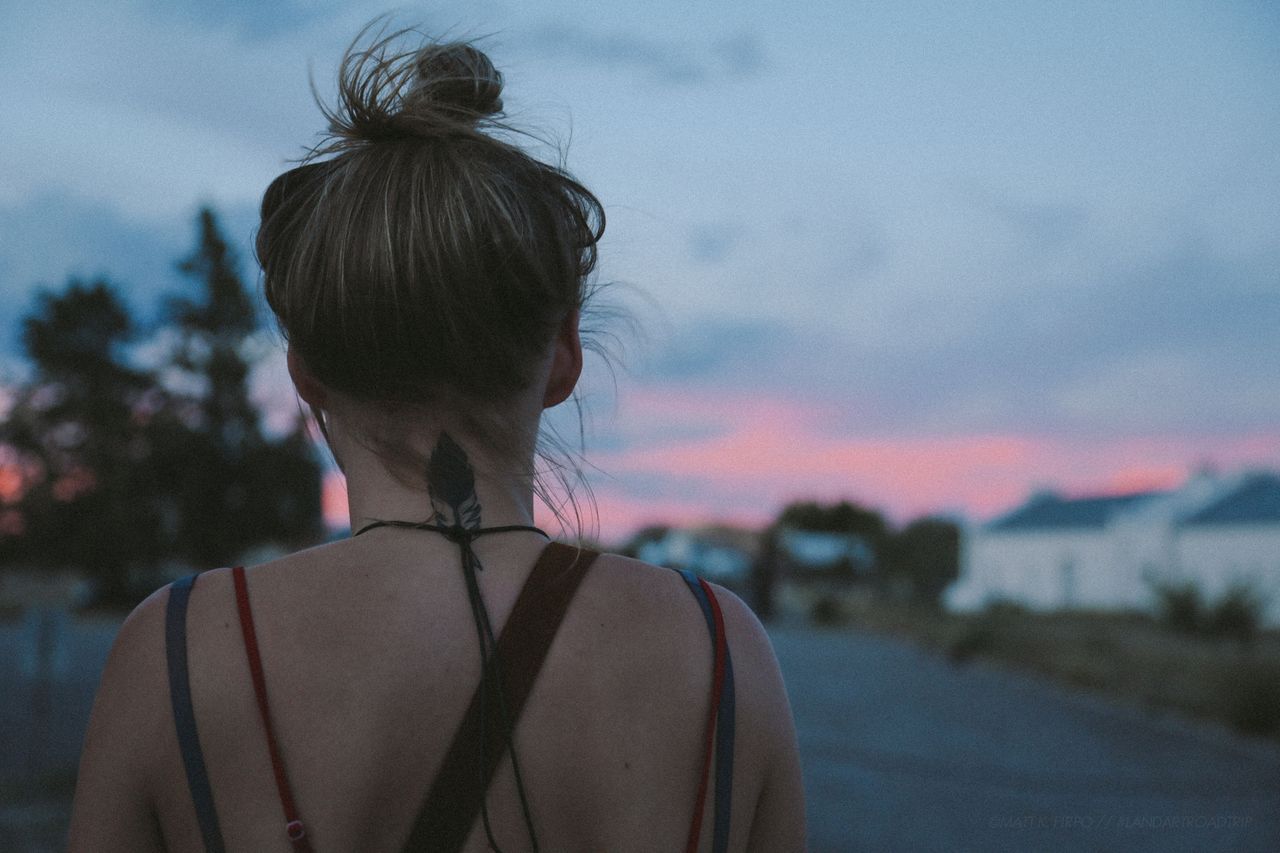

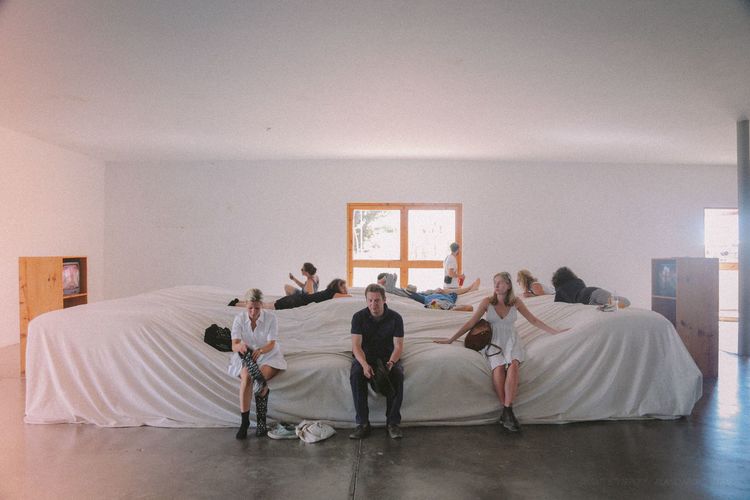


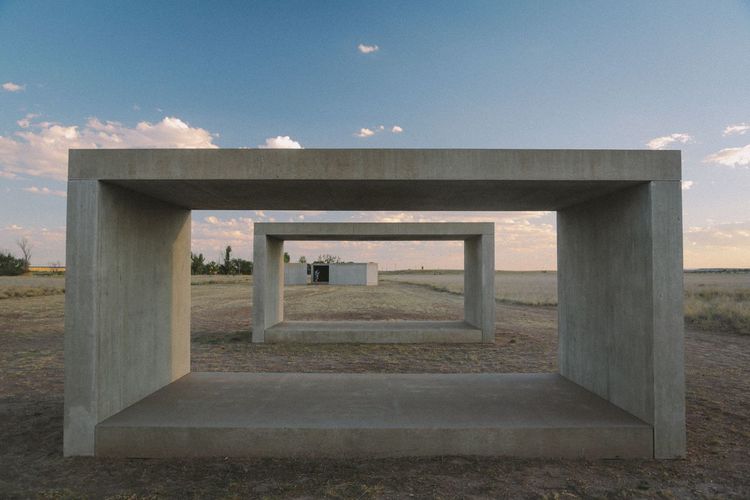
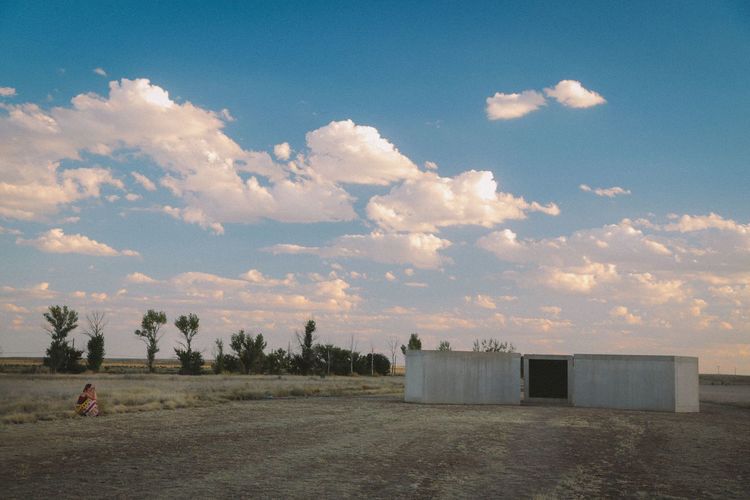

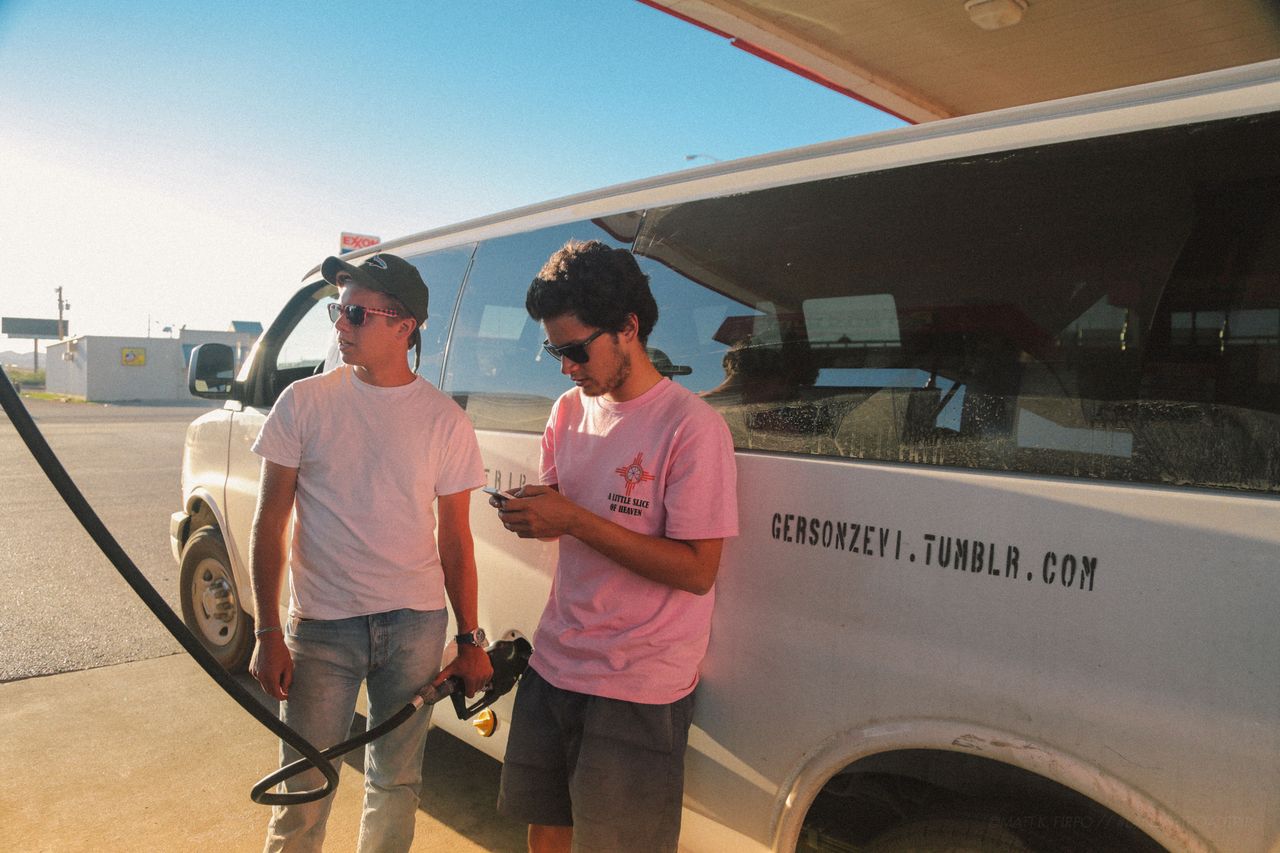

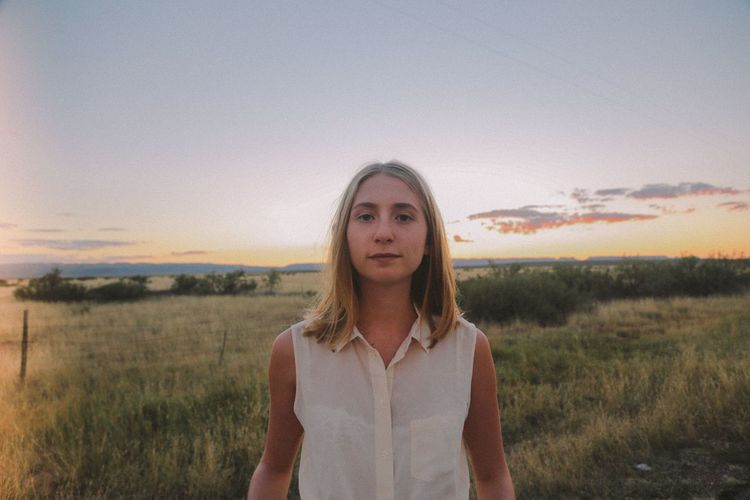
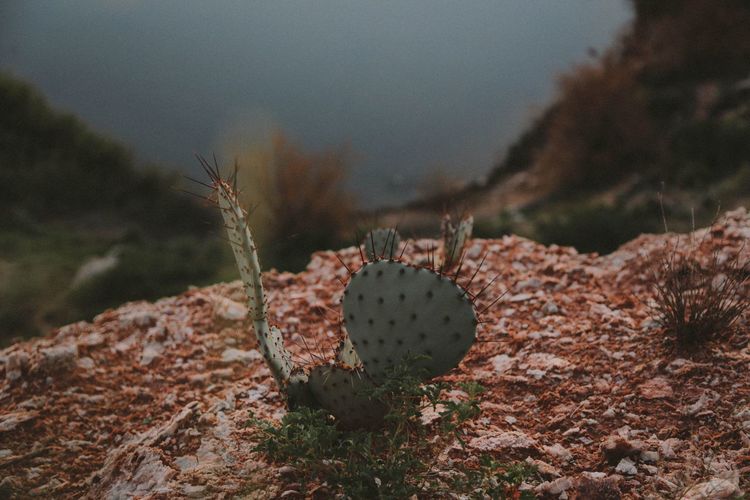
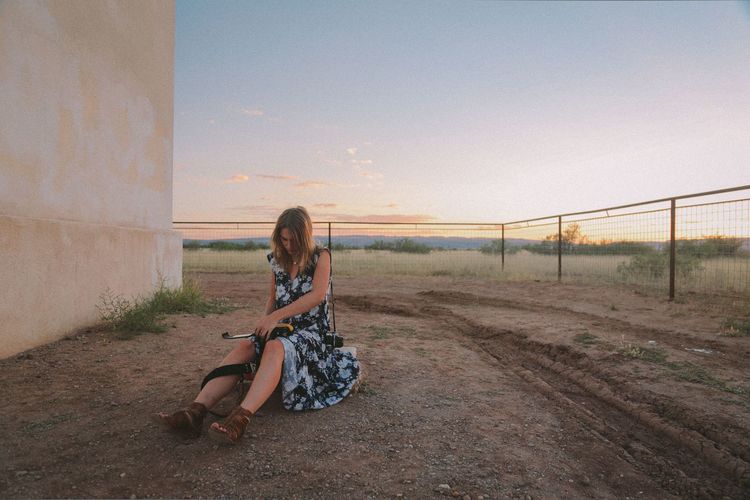
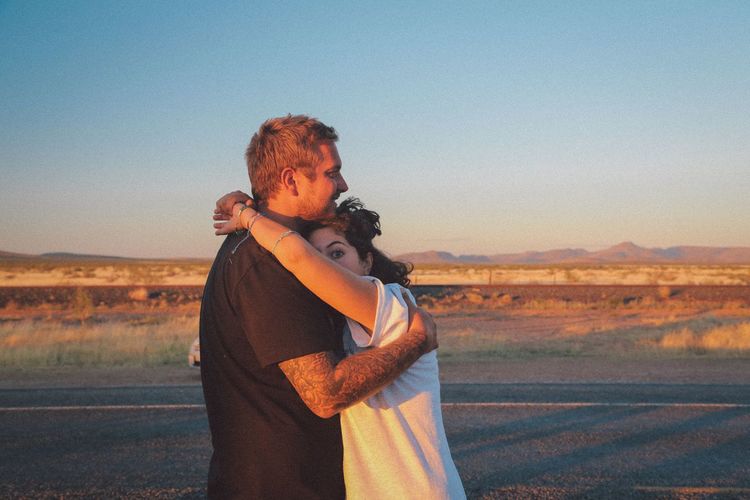
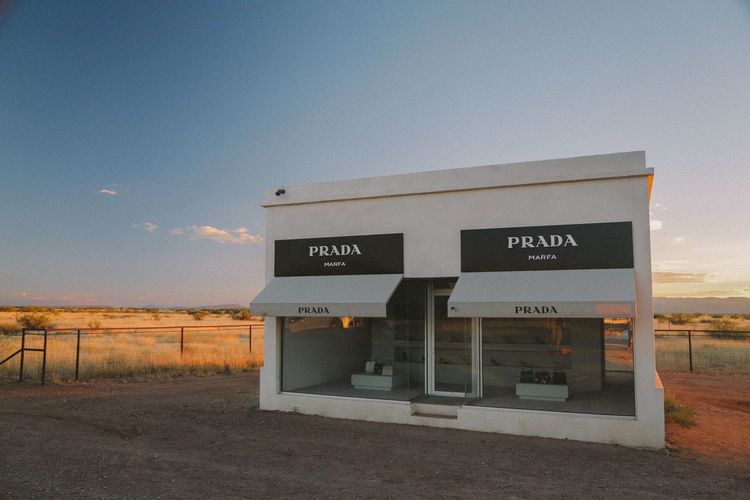
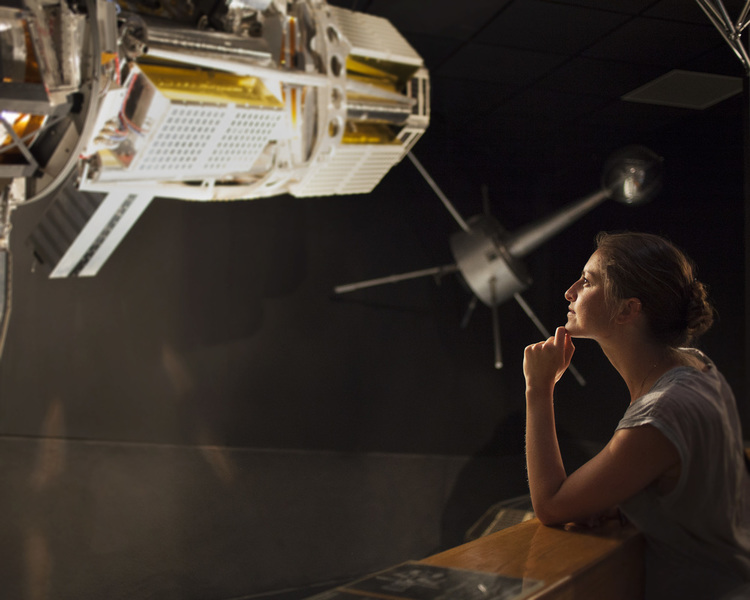
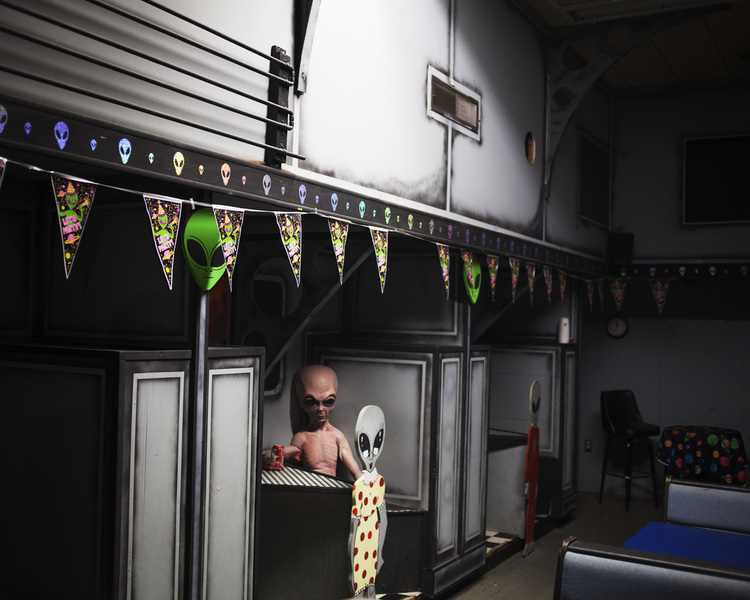
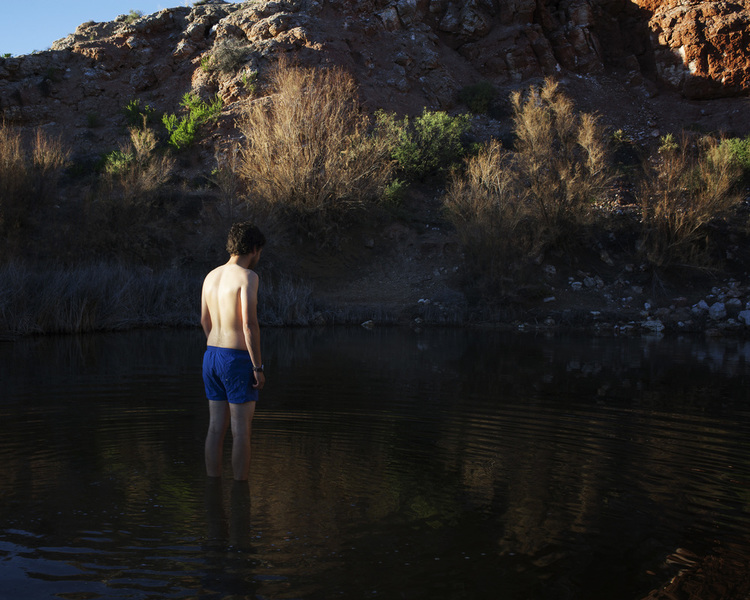
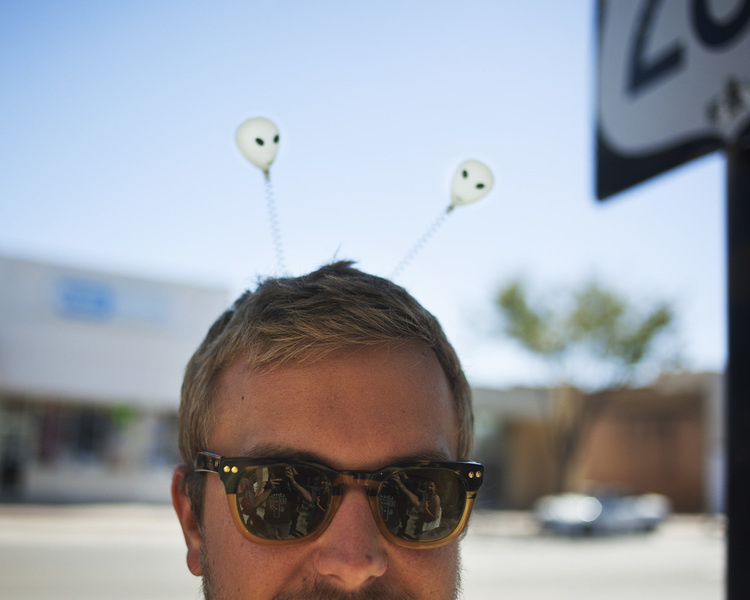
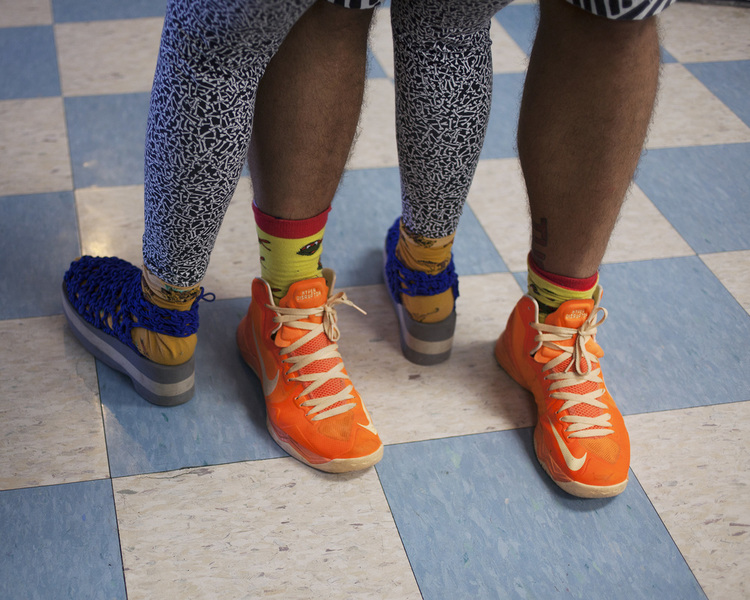







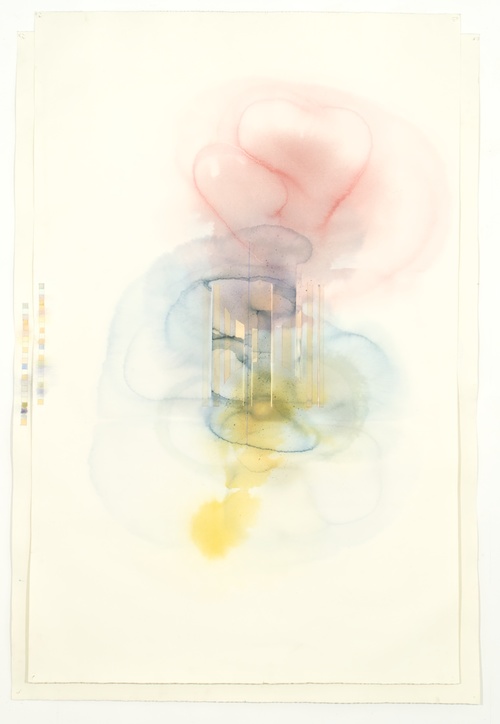


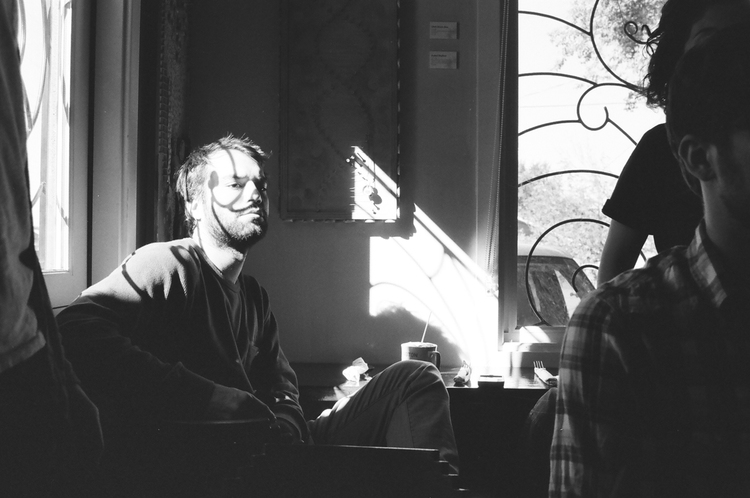
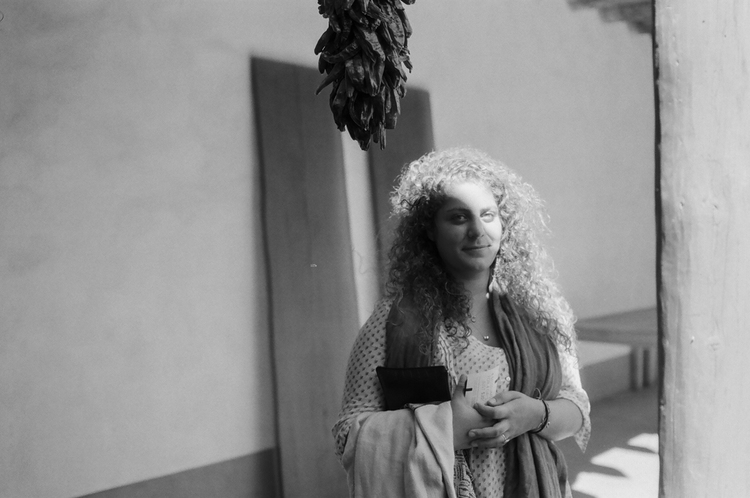
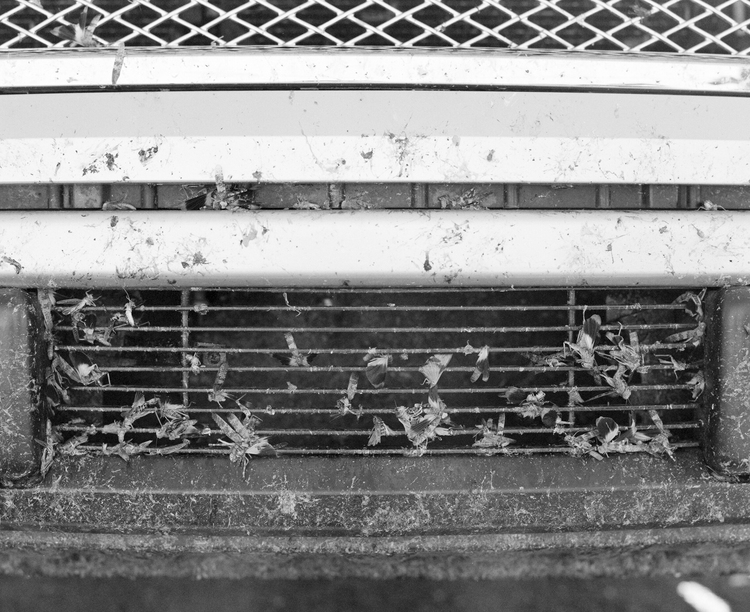
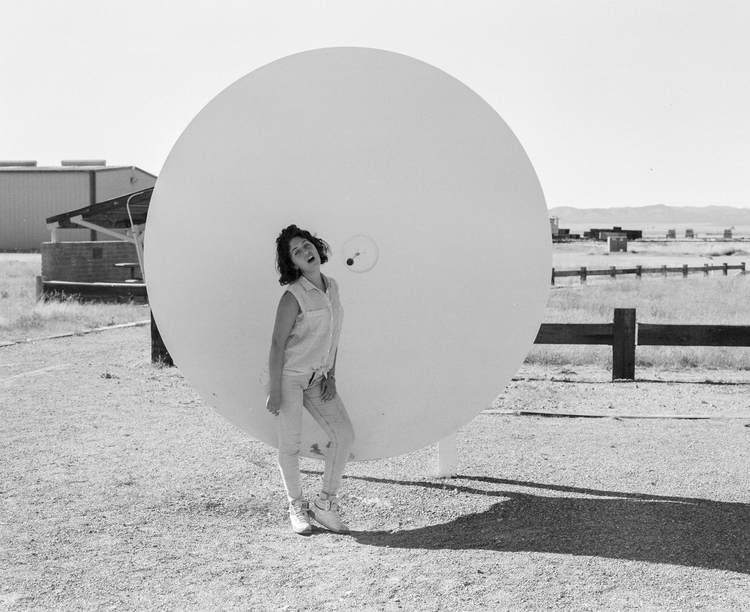
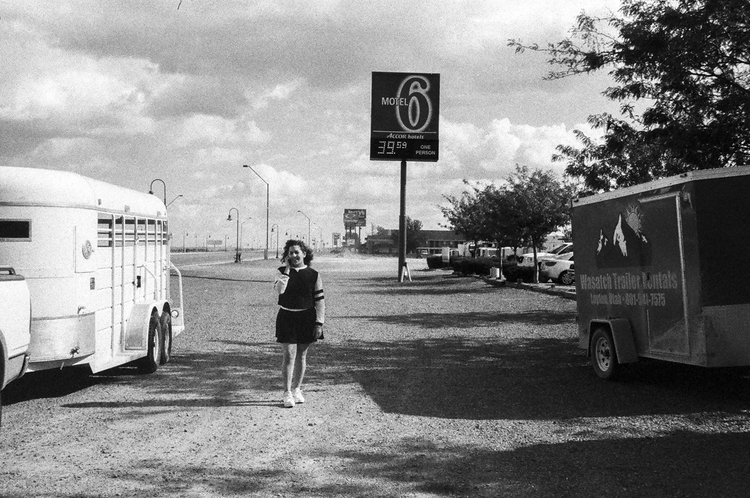



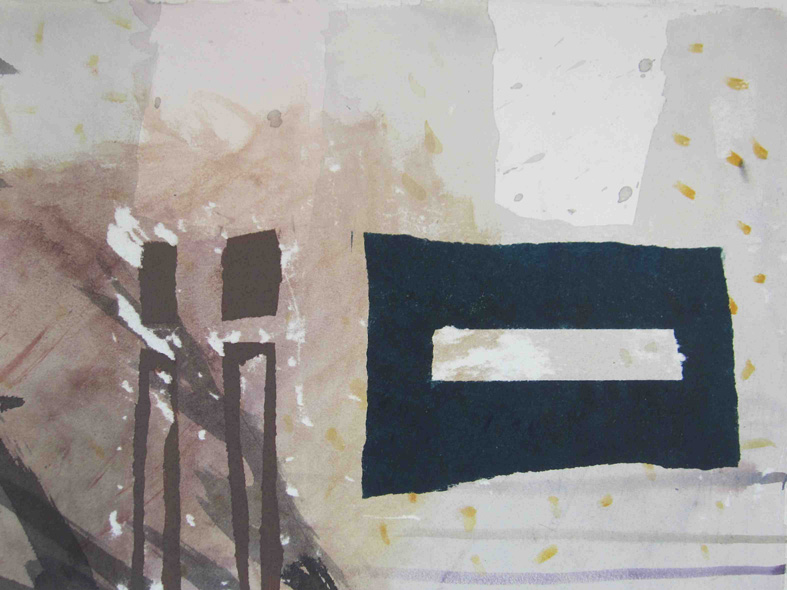
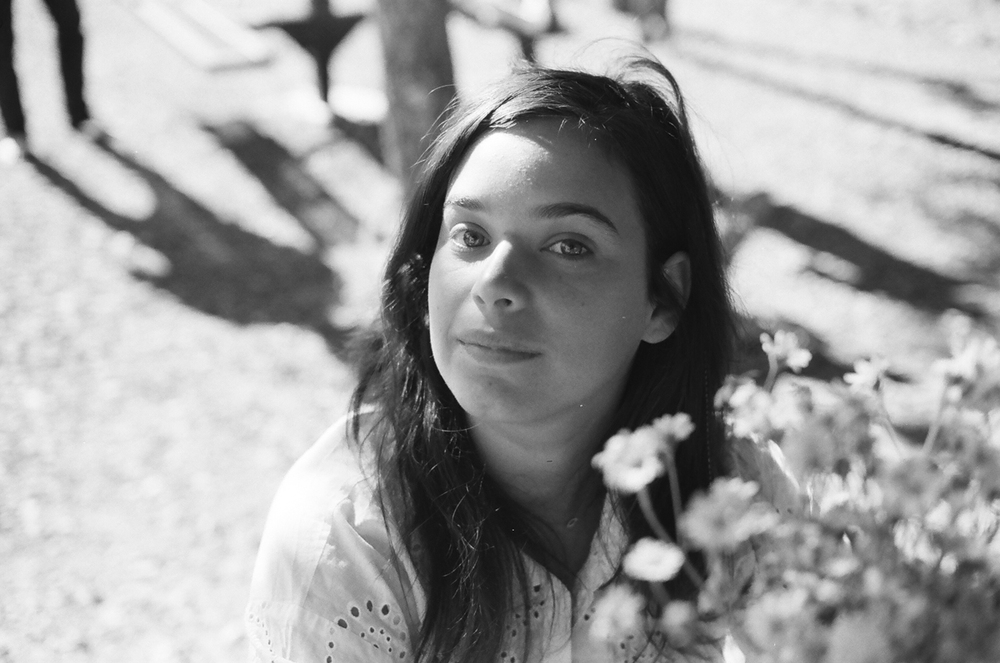
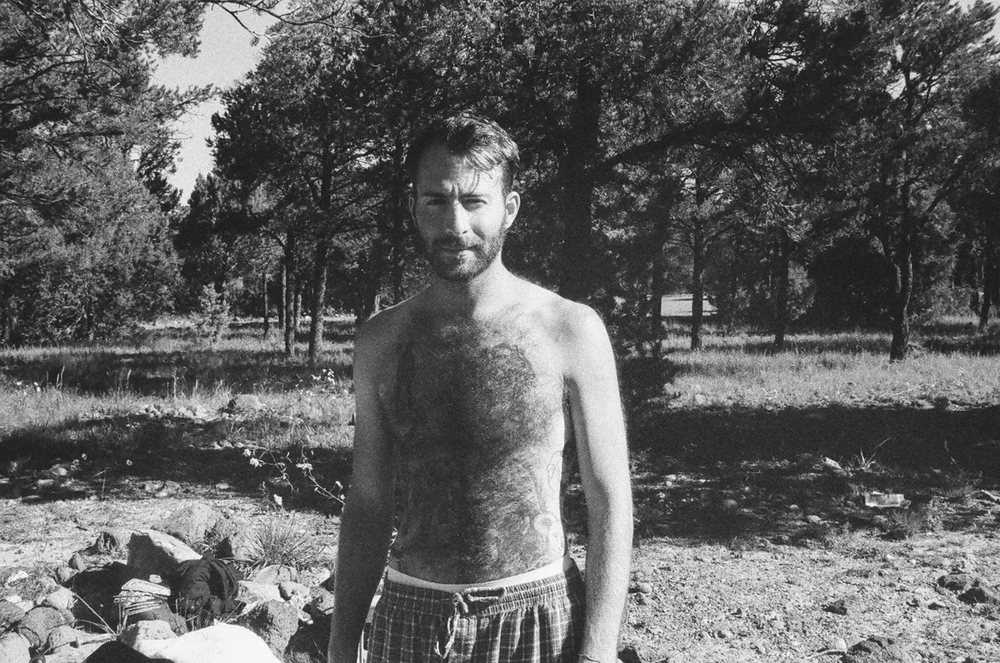


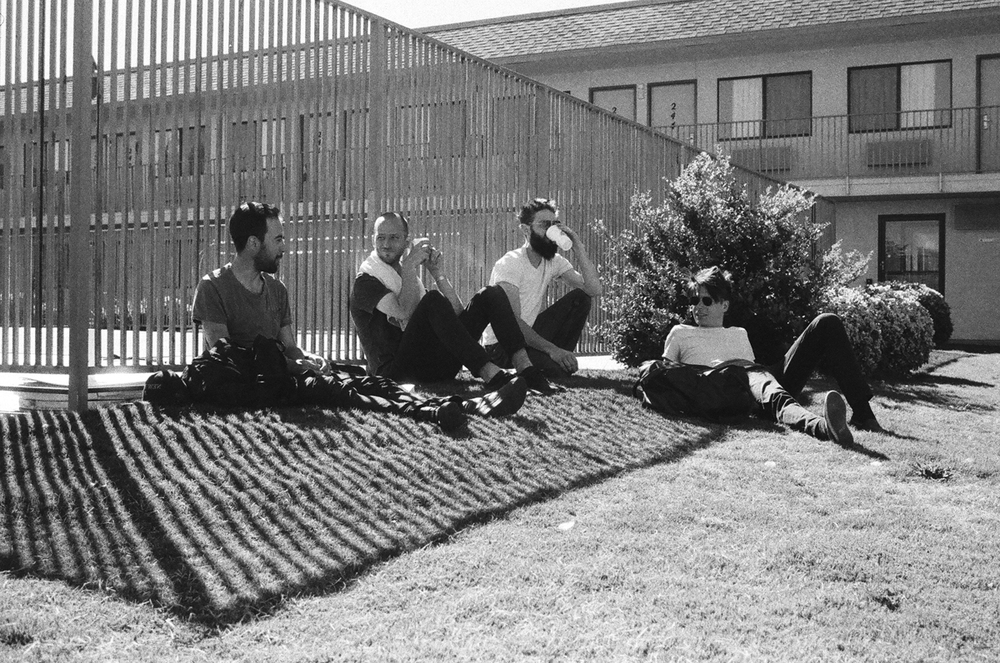
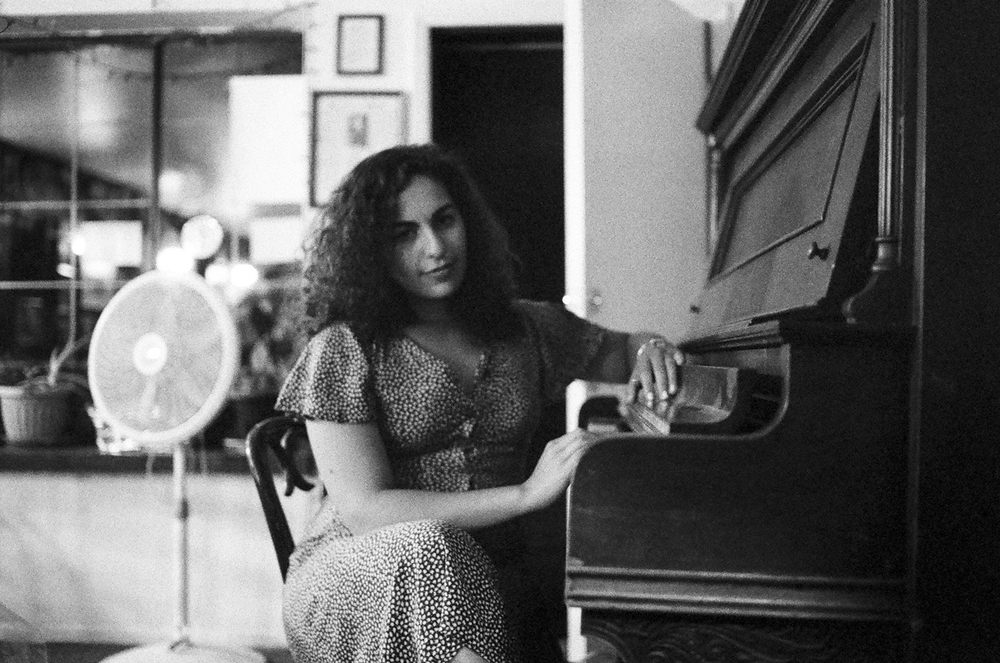

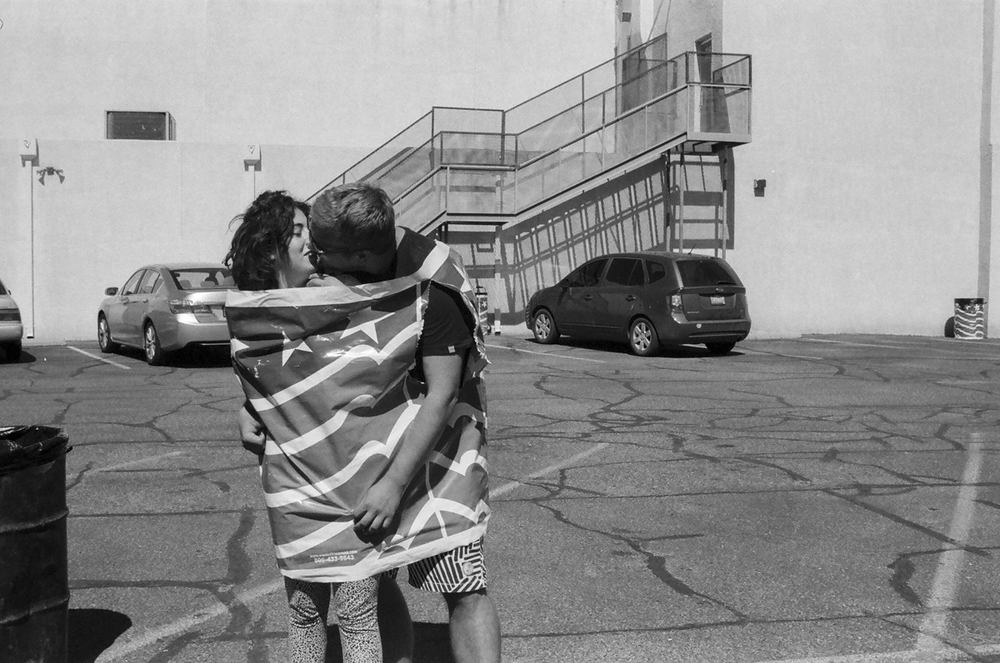
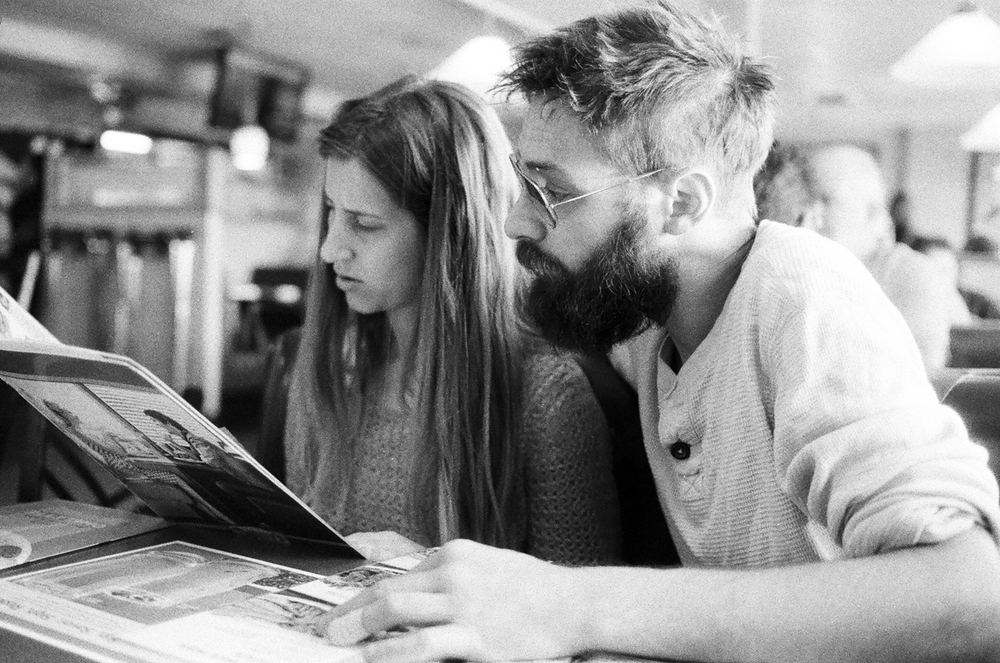








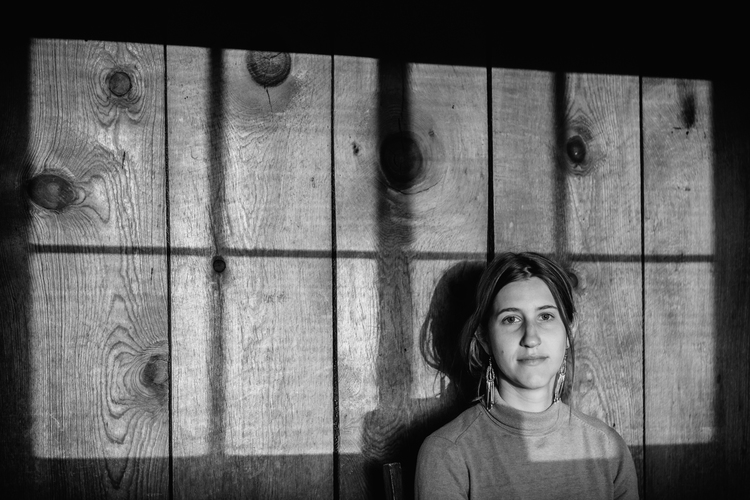
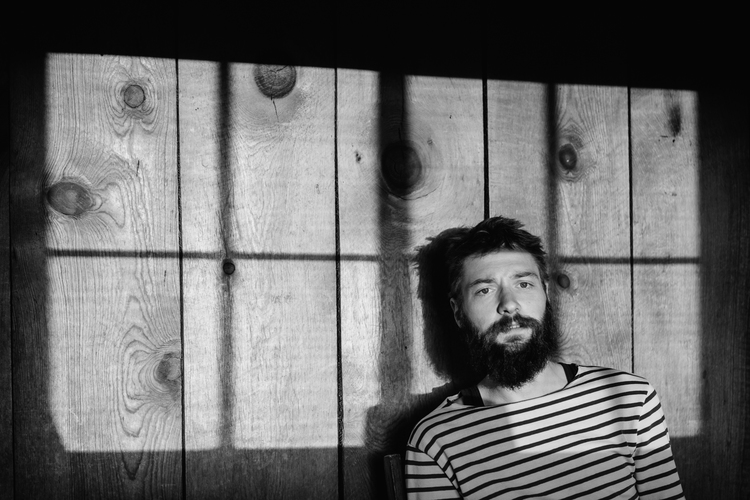
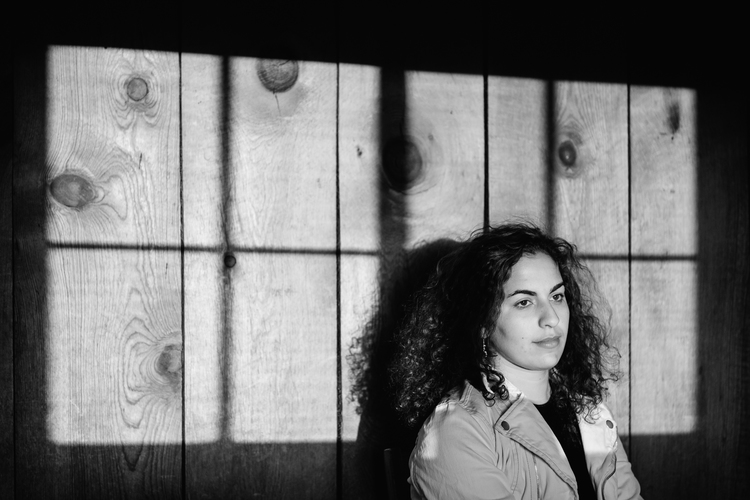
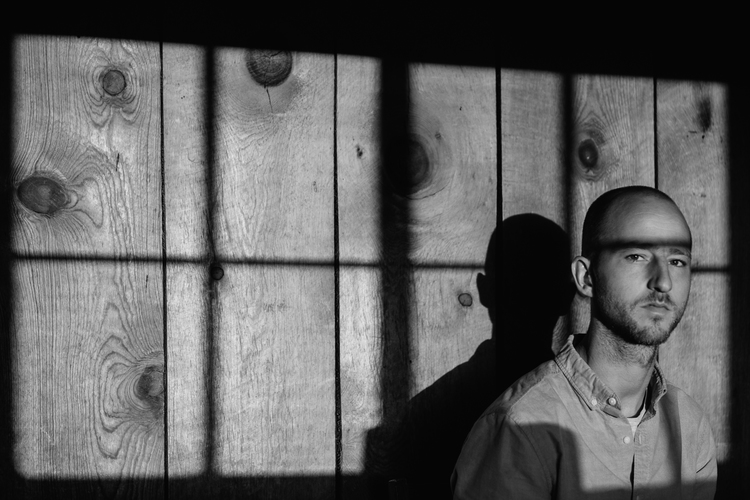

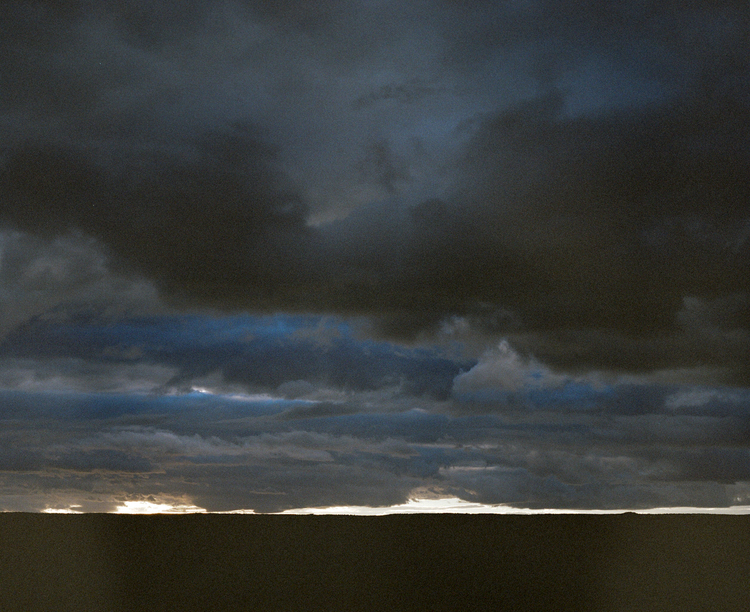
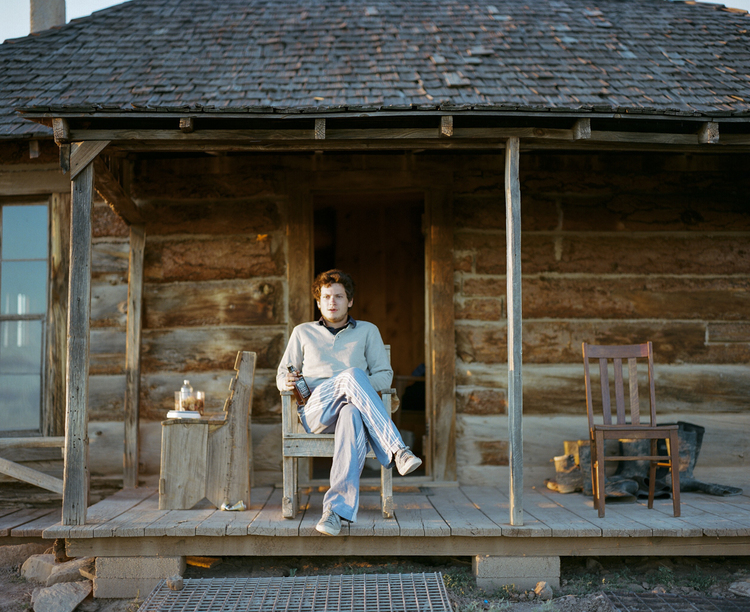
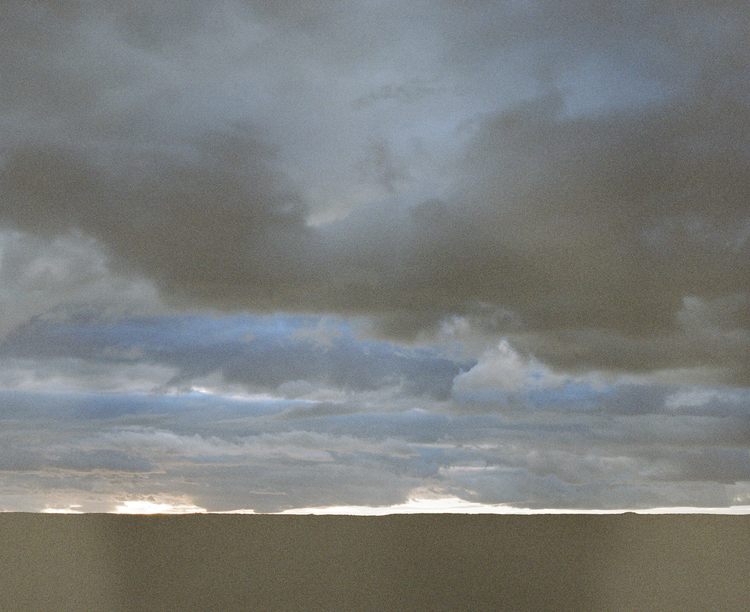
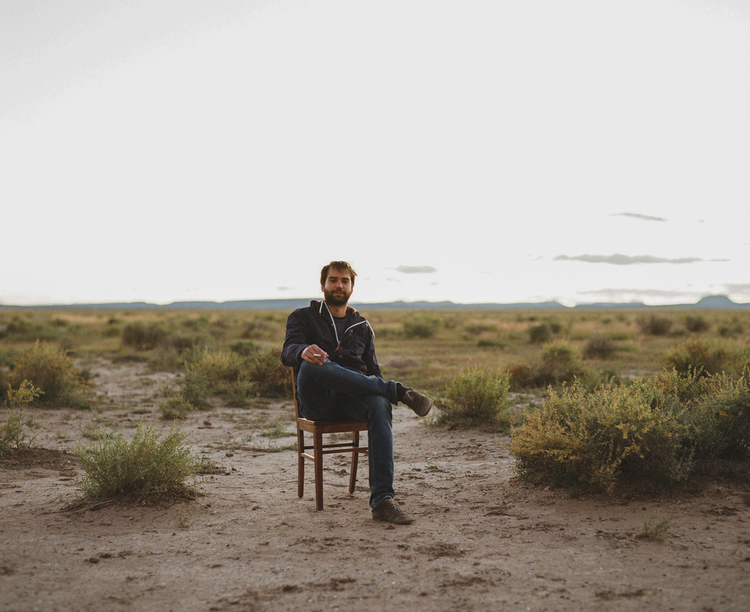
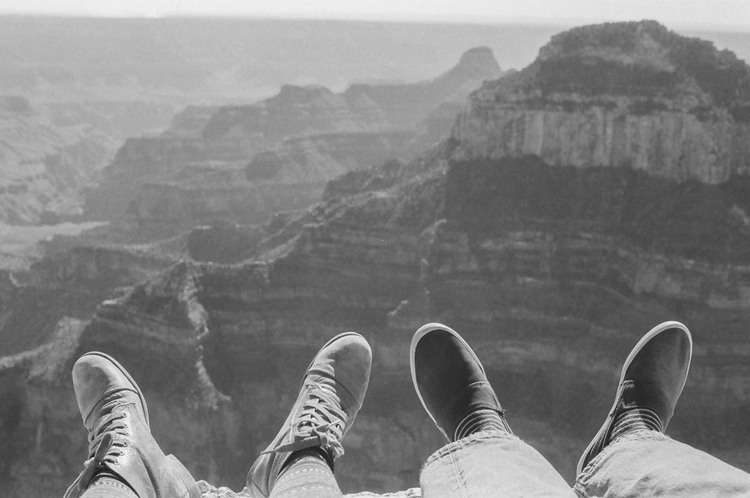
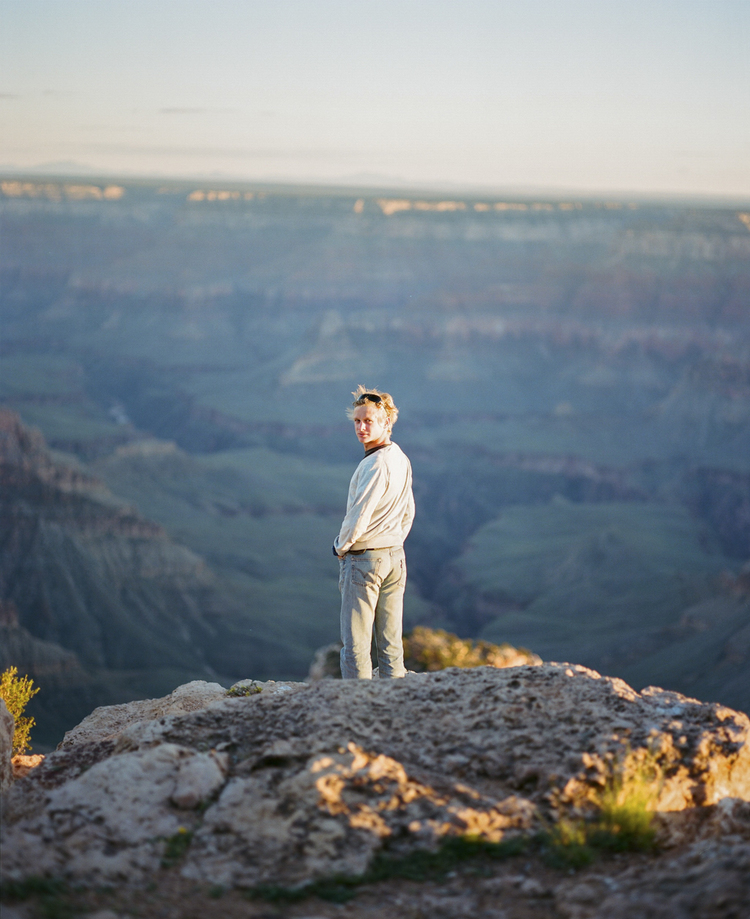
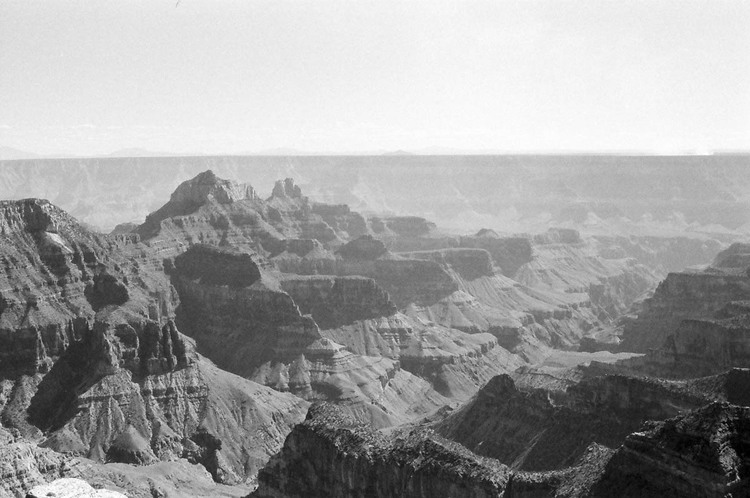
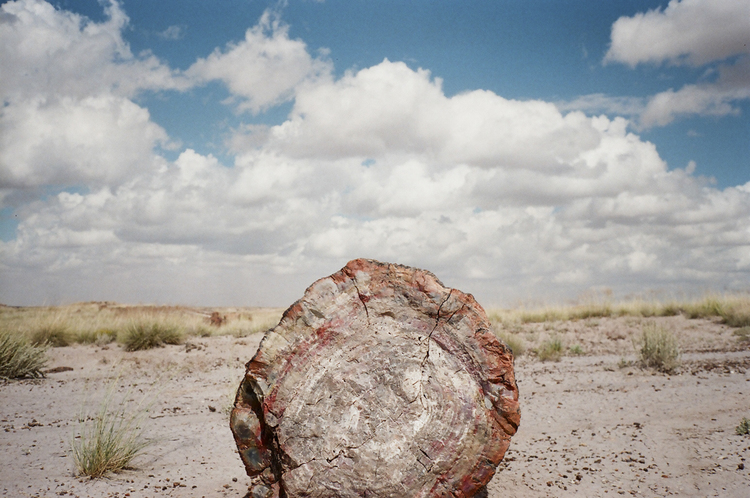
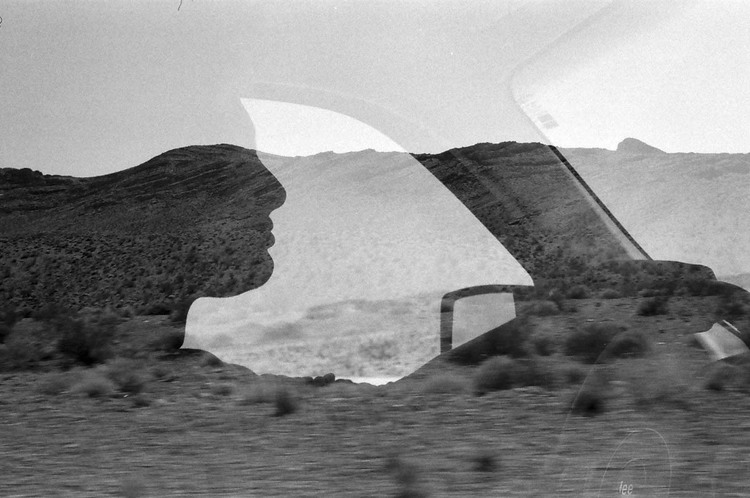
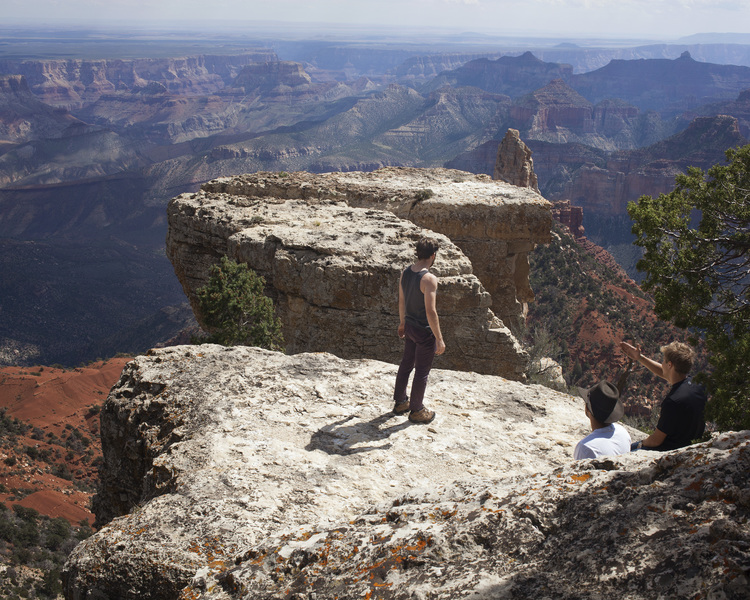

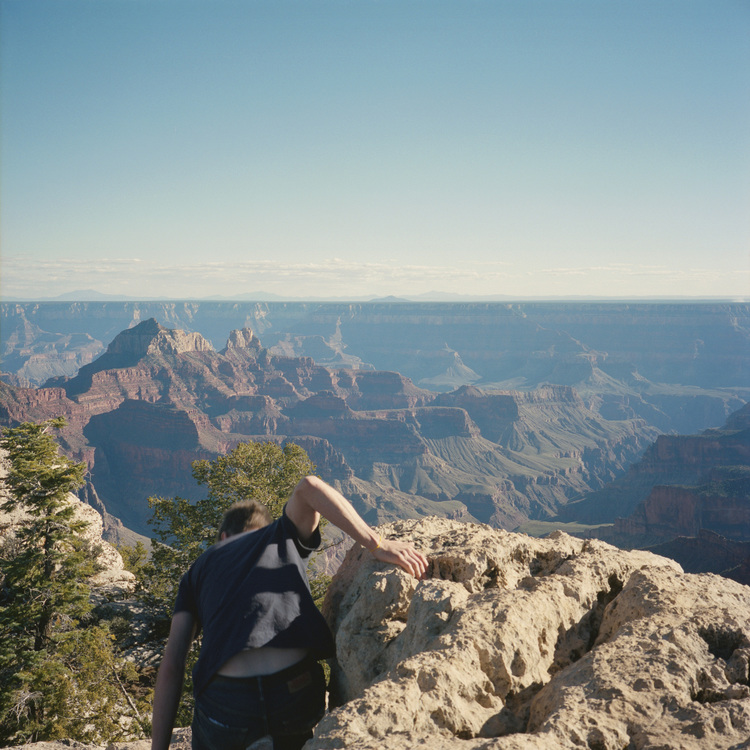
![Double+Negative+From+Across+#1+[For+Sarah].jpg](https://images.squarespace-cdn.com/content/v1/537fa907e4b0a152de02685a/1418272547754-WWZ8KHLR0QWL04IP8XN5/Double%2BNegative%2BFrom%2BAcross%2B%231%2B%5BFor%2BSarah%5D.jpg)
![Sheenagh+#1+[Double+Negative]+[For+Sarah].jpg](https://images.squarespace-cdn.com/content/v1/537fa907e4b0a152de02685a/1418272543994-A3ZWHB13JEXZGA2U1E7E/Sheenagh%2B%231%2B%5BDouble%2BNegative%5D%2B%5BFor%2BSarah%5D.jpg)
![Double+Negative+Box+[For+Sarah].jpg](https://images.squarespace-cdn.com/content/v1/537fa907e4b0a152de02685a/1418272545452-D761MJM277ADHMZQIIYG/Double%2BNegative%2BBox%2B%5BFor%2BSarah%5D.jpg)
![Double+Negative+[Group]+[For+Sarah].jpg](https://images.squarespace-cdn.com/content/v1/537fa907e4b0a152de02685a/1418272545751-ZEQML2AO8IFD4C8IAANM/Double%2BNegative%2B%5BGroup%5D%2B%5BFor%2BSarah%5D.jpg)
![Kooper+Double+Negative+[For+Sarah].jpg](https://images.squarespace-cdn.com/content/v1/537fa907e4b0a152de02685a/1418272562480-KLSQGKG2DVCAK68SKMPJ/Kooper%2BDouble%2BNegative%2B%5BFor%2BSarah%5D.jpg)
